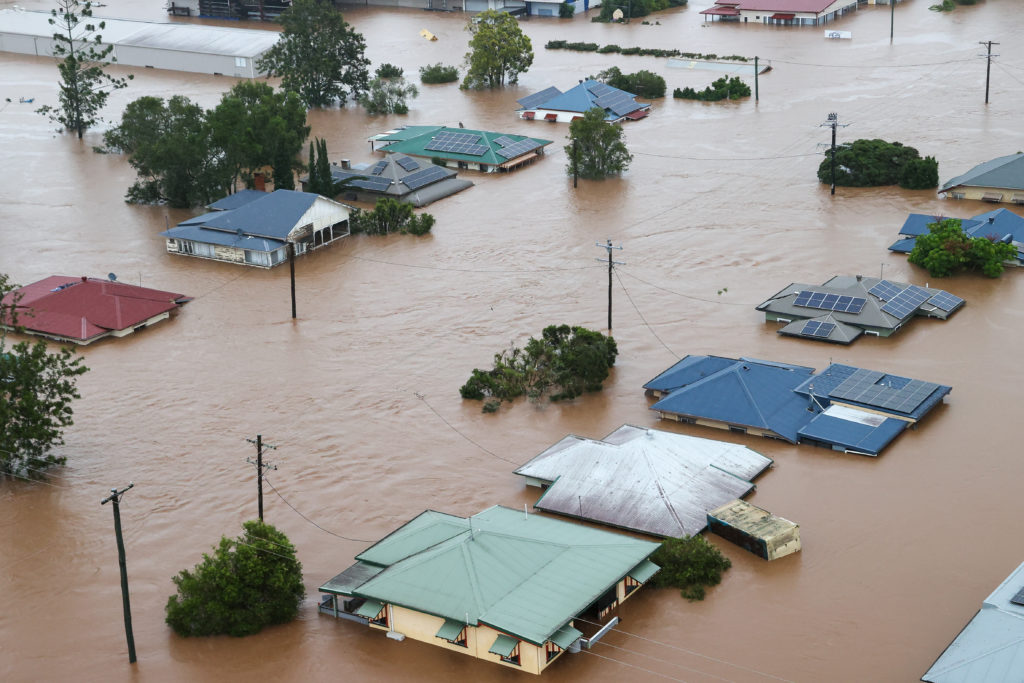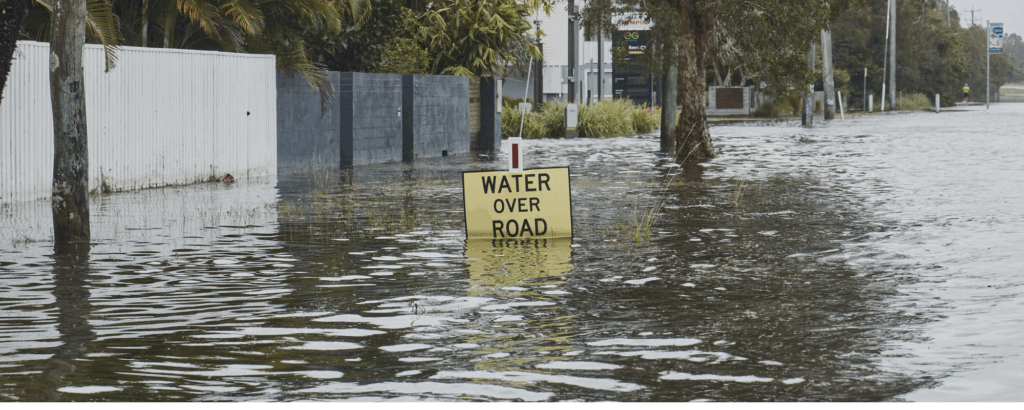Blackout warnings during the Aussie summer are becoming more common as our ageing coal power fleet becomes increasingly unreliable and climate change turns up the temperature on Australian cities.
So why are we hearing about blackouts now, and what does it have to do with summer?
What does coal power have to do with blackouts?
The Bureau of Meteorology is forecasting one of the hottest summers on record for Australia, which is bad news for our ageing coal power fleet. That’s because Australia’s coal-fired power stations are not only outdated, unreliable and polluting – but during summer, they’re prone to overheating and shutting down too.
Here’s why: coal power stations generate electricity by burning coal, so they can overheat during hot weather. This means they can’t generate as much electricity on hot days, as millions of households turn on their air conditioners and our grid struggles to meet demand.
Coal power stations can also switch off suddenly due to faults (known as a ‘trip’). These shutdowns are unpredictable but happen regularly, with coal plants forced offline for about 8-10% of the year. And we’ve seen this happen time and time again during heatwaves when Australians need power the most.
But that’s only half the story.
These downgrades and sudden shutdowns can come on top of other planned outages – which are happening more often as our ageing coal fleet requires more frequent and complex maintenance.
That’s exactly what was happening on the 27th of November 2024, when four of the NSW’s 12 coal power units were offline for repairs during a severe heatwave, prompting blackout warnings ahead of surging power demand. With a third of the state’s coal power supply wiped out, the Australian Energy Market Operator had its work cut out to maintain grid stability, by activating batteries and even asking some businesses to reduce their energy consumption.
And in Victoria in 2019, over 1.3 GW of capacity across three coal power stations – about one-tenth of the state’s generation capacity at the time – was unexpectedly unavailable due to faults and overheating as temperatures exceeded 43ºC. With demand exceeding supply, 200,000 Victorians lost power.
How can we ensure a reliable energy supply into the future?
The good news is that our main grid operator – the Australian Energy Market Operator, or AEMO – has a plan to ensure our grid is reliable and resilient into the future. The answer is more renewable power like large-scale solar and wind, backed up by storage like massive batteries and hydro power, which can provide power 24/7.

Batteries are already playing an out-sized role in stabilising our electricity system because of their flexibility and speed. Known as ‘giant shock absorbers’, they can take power out of the system if there’s too much, or discharge power if supply is too low. On Wednesday 27th November 2024, a few big batteries helped keep the lights on during a severe heatwave in NSW by holding electricity ready to discharge very quickly if the grid faced further pressure, given a third of the state’s coal power stations were offline. As we build more massive batteries, and install more batteries in our homes, grid operators will have more tricks up their sleeve to keep things running smoothly.
But we need to get on with it before the lights go out. AEMO expects all our coal power stations to close by 2038, with over 90% shutting down in the next 10 years. We need to replace these old and polluting power stations quickly with more renewable power and storage – both on our homes and in the grid. AEMO’s plan would see 82% of electricity provided by renewables by 2030, while maintaining Australia’s strict standard of 99.998% reliability.

Building more transmission – the big poles and wires that link electricity generation to our cities – will help make our grid more resilient too, because more transmission means more options. For example, building the new Marinus Link underwater cable from Victoria to Tasmania will provide a fallback if the current BassLink fails. Problems with transmission and distribution (the poles and wires in our neighbourhoods) are actually the most common cause of blackouts – responsible for about 96% of them, including the 2016 outages in South Australia, and the recent challenges in Broken Hill (which could have been avoided if the local battery and wind farm were allowed to step-in).
So there you have it: With coal-fired power stations reaching their end of life, and not enough renewable energy capacity being brought on quickly enough, blackouts will no doubt be a continuing issue this summer. But we can future-proof our energy system by ramping up clean and reliable renewable power and super-saver batteries and storage now.










